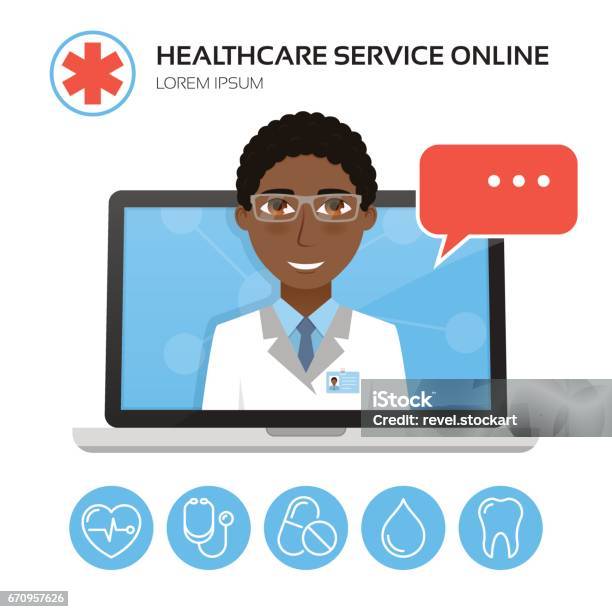Understanding the Expense Savings of Subscription Based Healthcare for Families
Understanding the Expense Savings of Subscription Based Healthcare for Families
Blog Article
Comprehending the Cost-Effectiveness of Subscription-Based Health Care Versions
As the health care landscape evolves, subscription-based designs arise as an engaging choice, guaranteeing to redefine just how individuals take care of medical expenditures. Evaluating these designs' cost-effectiveness demands a nuanced contrast with conventional insurance policy, taking into consideration both economic ramifications and client complete satisfaction.
Introduction of Subscription-Based Designs
Subscription-based healthcare versions, sometimes described as straight key treatment or attendant medication, are significantly getting attention as a prospective option to inadequacies within traditional healthcare systems. These designs run on the principle of offering people direct access to health care companies through a monthly or annual cost, bypassing the need for traditional insurance devices. This arrangement aims to streamline patient-provider communications by lowering management concerns, which often prevent prompt and individualized care.
At the core of subscription-based versions is the emphasis on a much more personalized person experience. Clients take advantage of improved access to their physicians, usually including next-day or same-day visits, prolonged consultation times, and straight communication networks such as phone or video clip telephone calls. This version promotes an aggressive approach to healthcare, where carriers and people can collaboratively concentrate on preventative treatment and persistent disease administration.

Price Contrast With Standard Insurance

One of the primary financial benefits of membership models is transparency in expenses. On the other hand, traditional insurance coverage may be more useful for individuals requiring specialized treatment or pricey therapies not covered under a membership model, as they profit from the broader insurance coverage network and cost-sharing systems.
Nonetheless, cost-effectiveness is context-dependent. While subscription designs might provide cost savings for those largely needing medical care, individuals with chronic problems or specialized health care demands may locate conventional insurance policy much more thorough. Assessing details healthcare requirements and prospective use is crucial in identifying the most economical alternative for individuals.
Effect On Individual Contentment
Person contentment within subscription-based health care designs typically shows a significant improvement over typical insurance policy systems. Unlike standard systems, where clients might experience hold-ups in getting treatment, subscription-based designs ensure even more straight and timely interactions with healthcare carriers.
In addition, the openness in costs related to subscription-based medical care minimizes the common frustrations associated with unforeseen fees and intricate billing procedures seen in conventional insurance policy (subscription based healthcare). Individuals appreciate understanding the exact monetary commitment upfront, causing enhanced trust and self-confidence in their medical care administration
In addition, the emphasis on preventive care and health in subscription models contributes to improved health and wellness outcomes, additionally boosting client satisfaction. By concentrating on recurring health upkeep as opposed to episodic care, individuals experience a more alternative and continual medical care trip.
Additionally, the boosted provider-patient partnership fostered in these versions, identified by even more time spent per client and tailored attention, plays a critical role in elevating client contentment degrees, as clients really feel genuinely taken care of and recognized.
Service Provider Experiences and viewpoints
From the copyright's viewpoint, subscription-based healthcare versions offer a transformative method to delivering medical services. These models emphasize a positive and preventative health care technique, enabling special info suppliers to concentrate on thorough person treatment without the restraints of typical fee-for-service setups (subscription based healthcare). This change in emphasis typically leads to enhanced individual outcomes and increased copyright complete satisfaction, as health care experts can assign more time and sources to person interaction and customized care strategies
In addition, subscription models promote foreseeable income streams, which boost economic stability for health care companies. This predictability permits improved source planning and allocation, adding to a much more efficient health care shipment system. Service providers can purchase personnel training, innovation, navigate to this website and framework enhancements, therefore improving the top quality of care offered.
Nevertheless, the shift to subscription-based versions is not without challenges. Suppliers should adjust to new operational frameworks, which can include considerable adjustments in billing methods and client monitoring systems. Additionally, there is an integral requirement for robust information administration to track patient outcomes and ensure high quality treatment. In spite of these hurdles, lots of suppliers locate that the benefits of raised patient interaction and streamlined operations exceed the first difficulties, making subscription-based models an attractive option.
Future Prospects and Challenges

A key obstacle is regulative compliance, as registration designs must stick to progressing healthcare plans and insurance policy needs. This requires continuous adjustment and development to make certain positioning with legal requirements. Additionally, incorporating these designs right into existing health care frameworks can be intricate, requiring substantial investments in modern technology and training.
There is also the possible risk of developing inequities in health care access, as membership models may prefer those who can afford them, leaving vulnerable populaces underserved. Addressing this needs thoughtful consideration of rates strategies and aid mechanisms to ensure inclusivity.
Final Thought
Subscription-based health care versions present a feasible alternative to conventional insurance by using monetary predictability and openness, specifically benefiting people with persistent problems or constant medical care requirements. The cost-effectiveness of these designs is contingent upon private healthcare usage patterns and circumstances. While they might boost person contentment and enhance budgeting, obstacles continue to be in dealing with specialized care requirements. Future factors to consider consist of stabilizing comprehensive coverage with cost and integrating these designs within the wider medical care system for optimal outcomes.
Subscription-based medical care designs, often referred to as direct main care or concierge medication, are significantly gaining attention as a potential solution to inadequacies within typical health care systems. Unlike conventional systems, where clients might click resources experience hold-ups in getting care, subscription-based models guarantee even more straight and timely interactions with healthcare service providers.
These models stress a positive and preventative medical care method, enabling service providers to focus on detailed client treatment without the restrictions of conventional fee-for-service setups. As these designs proceed to get traction, they use the potential to change client accessibility to care, improve solution shipment, and maximize health care investing.Subscription-based health care versions present a sensible alternative to typical insurance coverage by supplying monetary predictability and openness, particularly profiting people with chronic problems or frequent health care demands.
Report this page